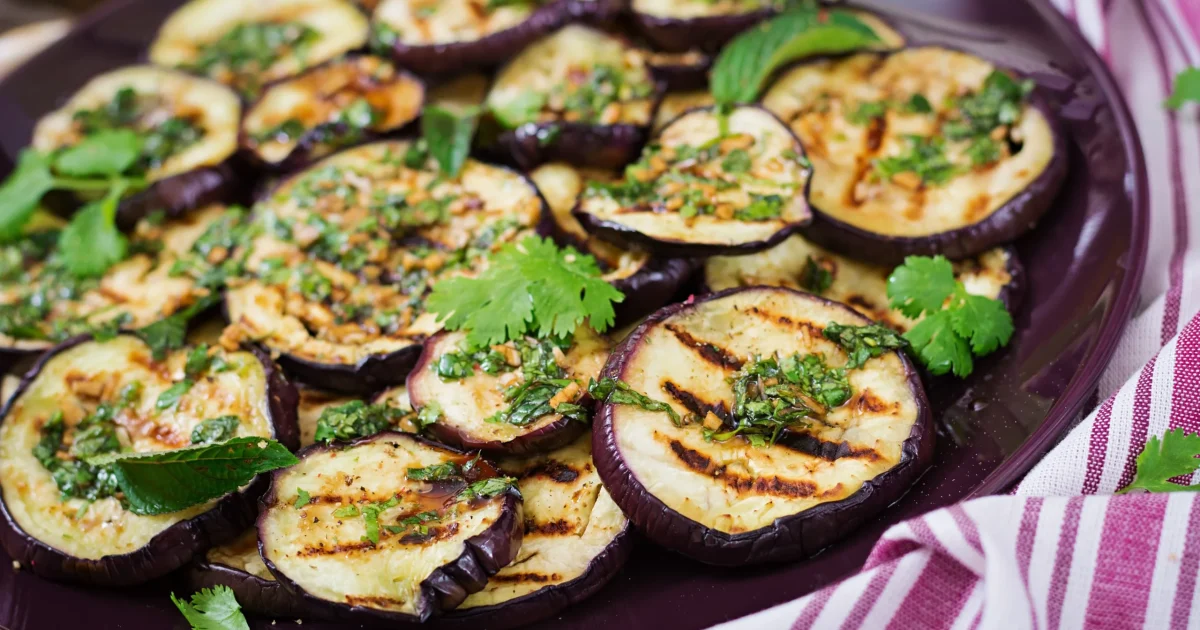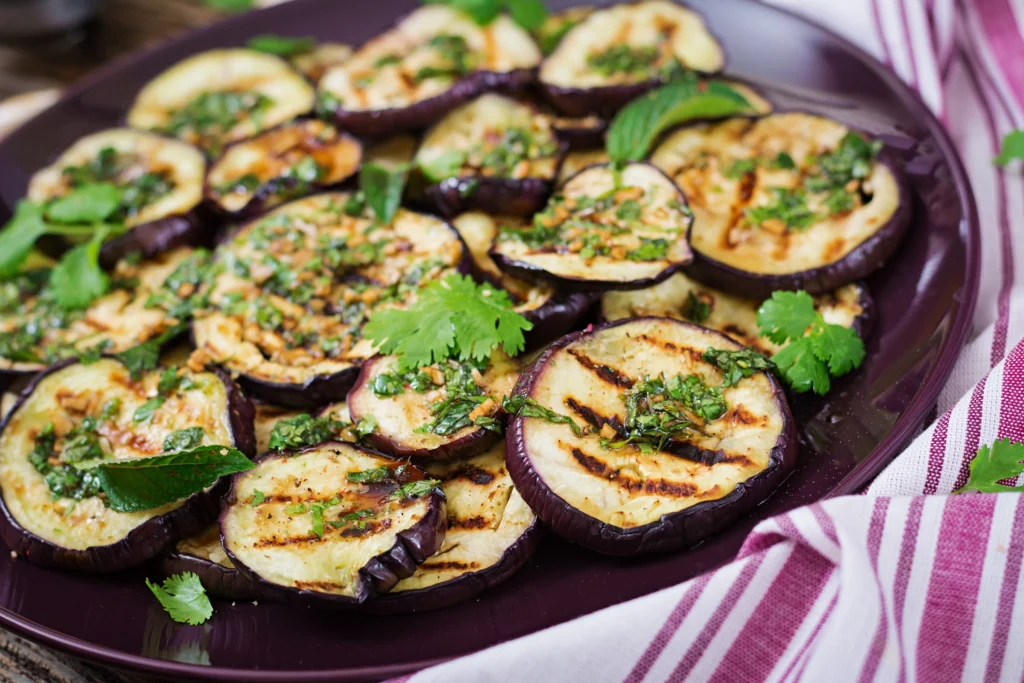
If you crave a dish that feels like pure luxury yet is surprisingly easy to prepare, Tuna Tartare may just become your new favorite. Creating a plate of this fresh, vibrant delicacy at home transforms ordinary moments into something extraordinary – no reservations required. All it takes is a willingness to try something creative and five straightforward steps. Whether you want to impress guests at your next dinner party or treat yourself to a gourmet experience, mastering Tuna Tartare promises both satisfaction and style.
Table of Contents
Why Tuna Tartare Feels So Special: A Personal Take
Imagine sitting by the window at a coastal restaurant, the sunlight painting golden stripes across your plate. Your server places a glistening heap of Tuna Tartare before you, crowned with creamy avocado, a whisper of citrus zest, and a drizzle of sesame oil that perfumes the air. You take a bite, and for a moment, everything else recedes—the world is reduced to tender tuna, a satisfying crunch, and a burst of tangy brightness.
Bringing that feeling of edible magic into your home kitchen isn’t just about the food. It’s about gifting yourself (and those you love) the joy of fine dining, the pride of hands-on creation, and the pleasure of something that looks and tastes utterly exquisite.



What Is Tuna Tartare? Unpacking Origins and Allure
Tuna Tartare Definition and Global Roots
Tuna Tartare is a refined dish of finely chopped raw sushi-grade tuna, classically seasoned with delicate, harmonious flavors. Originally inspired by the French classic steak tartare, its transformation into a seafood star can be credited to chefs blending Japanese techniques with European influences.
Key facts to know about Tuna Tartare:
- Uses only the freshest, highest-quality tuna (usually yellowfin or bluefin)
- Matches raw fish with bold yet nuanced seasonings
- Delivers a beautiful balance of umami, tang, salt, and texture
- Popular in upscale restaurants but simple enough to prepare in your own kitchen
Is Tuna Tartare Safe to Eat?
The secret to Tuna Tartare’s signature taste is ultra-freshness. As delicious as raw food can be, following food safety guidelines matters:
- Seek out sushi-grade tuna from trusted fishmongers or specialty groceries.
- Use the fish the same day you buy it, or keep it sealed and refrigerated until ready.
- Clean all preparation surfaces and tools meticulously to avoid contamination.
Ingredients for Classic Tuna Tartare
Building the perfect Tuna Tartare starts with assembling the right ingredients. Use the table below as your quick reference guide:
| Ingredient | Amount | Notes |
|---|---|---|
| Sushi-grade tuna | 200g (7 oz) | Yellowfin or Bluefin, freshest available |
| Avocado (ripe) | 1 medium | Finely diced, for creaminess |
| Shallot (small) | 1 | Finely minced, for a subtle bite |
| Soy sauce | 2 tablespoons | Adds savory depth |
| Sesame oil | 1 tablespoon | Rich flavor enhancer |
| Fresh lime juice | 1 tablespoon | Brings brightness |
| Chives | 1 tablespoon | Thinly sliced, for freshness |
| Sesame seeds | 1 teaspoon | Toasted, for texture and nuttiness |
| Salt & pepper | To taste | Essential for balance |
| Optional: Sriracha | 1 teaspoon | For a spicy kick |
| Optional: Cucumber | 1/2, finely diced | Extra crispness |
Feel free to creatively substitute or add ingredients to match your taste or seasonal availability.
How to Make Tuna Tartare: Step-By-Step
Crafting Tuna Tartare at home is both approachable and gratifying. Here’s your roadmap:
H2: Step 1 – Source and Prepare the Tuna
Your Tuna Tartare’s quality hinges almost entirely on your fish. Here’s how to get it right:
- Visit a reputable fish market or grocery store; ask explicitly for “sushi-grade” or sashimi-grade tuna.
- Check for bright, even coloring and a fresh, briny odor—not fishy or sour.
- Chill your fish until you’re ready to use it.
- Dice it into 1/4-inch cubes using a sharp, clean knife to avoid bruising the flesh.
Pro Tip: Place the tuna in the freezer for 10–15 minutes before slicing for cleaner, sharper cuts.
H2: Step 2 – Chop and Prepare Supporting Ingredients
- Finely dice your avocado, shallot, and (if using) cucumber and chives.
- Toast sesame seeds for 1–2 minutes in a dry pan, stirring frequently, for extra depth of flavor.
H2: Step 3 – Mix the Seasoning Sauce
In a medium bowl, whisk together:
- Soy sauce
- Sesame oil
- Fresh lime juice
- Optional Sriracha (if you crave some heat)
Add a pinch of salt and pepper to taste.
H2: Step 4 – Combine and Toss with Care
- Gently fold diced tuna into the sauce, coating every piece.
- Carefully add diced avocado, shallot, and cucumber, folding just enough to distribute but not mash.
- Sprinkle chives and sesame seeds over the mixture, folding lightly once more.
Avoid over-mixing, as you want each bite to feature distinct flavors and textures.
H2: Step 5 – Arrange and Present
Presentation makes the difference between “good” and “unforgettable.” For a pro finish:
- Use a ring mold or small bowl to shape the tartare on serving plates.
- Top with extra chives, sesame seeds, or even a spoonful of caviar for dramatic flair.
- Serve immediately, before the seasoning draws out too much liquid from the fish.
- Suggested accompaniments: Toasted baguette slices, crispy wonton chips, or delicate microgreens.
Tasty Variations: Making Tuna Tartare Your Own
Tuna Tartare is incredibly versatile. Explore these variations for a fresh twist:
- Asian-Inspired: Add ginger, wasabi, and a dab of mirin; top with black sesame seeds.
- Mexican Flair: Fold in mango, jalapeño, and cilantro; serve with tortilla chips.
- Mediterranean Style: Incorporate diced tomatoes, olives, lemon zest, and basil.
You can also layer Tuna Tartare with guacamole, serve it atop seaweed salad, or dot with flavored aioli for restaurant-style panache.
Pro Tips for the Ultimate Tuna Tartare
- Chill everything: Use cold bowls and utensils to keep the fish fresh while preparing.
- Keep ratios balanced: Too much sauce drowns the fish, too little seems dry—adjust slowly.
- Taste as you go: Every ingredient batch (especially fish, avocado, and citrus) varies in strength; seasoning should be adjusted to preference.
- Don’t prep too soon: Tuna Tartare is best enjoyed immediately after mixing; make just before serving.
H3: Nutritional Snapshot
Eating Tuna Tartare isn’t just delicious—it’s healthful, too! Here’s what you enjoy per serving (approximate):
- Calories: 200–300
- Protein: 20–25g
- Healthy Fat: Rich in omega-3s (thanks to the tuna and avocado)
- Low Carb: Keto- and paleo-friendly (when served without bread)
Source: USDA FoodData Central – Tuna, raw
FAQ: Everything You Want to Know About Tuna Tartare
H4: What does “sushi-grade” mean, and why is it important in Tuna Tartare?
Sushi-grade refers to the highest quality fish, safe for raw consumption. This means it’s been frozen to kill parasites and handled under strict cleanliness standards. Using anything less may risk foodborne illness.
H4: Can I make Tuna Tartare in advance?
For the best taste and texture, assemble Tuna Tartare just before serving. If you need to prep ahead, keep ingredients separate and combine within an hour of eating.
H4: What can I use if I can’t find sushi-grade tuna?
If sushi-grade tuna isn’t available, choose a different high-quality sashimi fish like salmon. Never use standard grocery store tuna steaks for raw eating unless specifically labeled “sushi-grade.”
H4: Are there vegan or vegetarian alternatives to classic Tuna Tartare?
Absolutely! Try finely diced watermelon, tomato, or beetroot—these mimic tuna’s texture and color surprisingly well, especially with similar seasonings.
H4: What do I serve with Tuna Tartare?
Tuna Tartare pairs beautifully with:
- Light salads dressed in citrus vinaigrette
- Toasted bread, crostini, or crackers
- Chilled champagne or a crisp white wine
Conclusion: You Deserve Luxurious Food Every Day
Tuna Tartare isn’t reserved for fancy nights out or special occasions—it’s for you, whenever you want to savor something truly memorable. By following these five simple steps, you transform a handful of ingredients into a showstopping appetizer (or even a light main) that mirrors the sophistication of world-class eateries.
So go ahead—treat yourself and those you love to the pleasure of Tuna Tartare at home. Share your creations on social, invite


